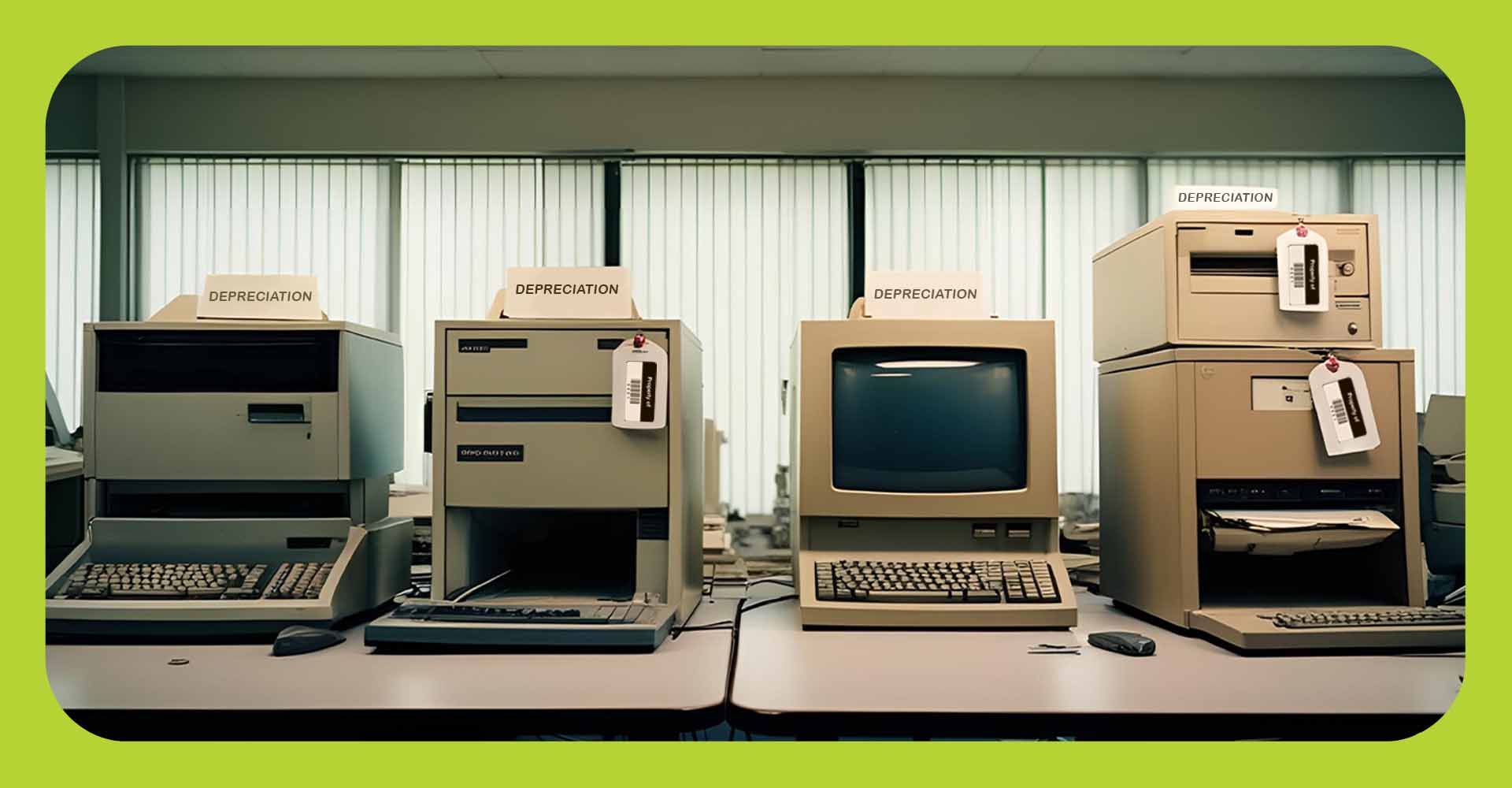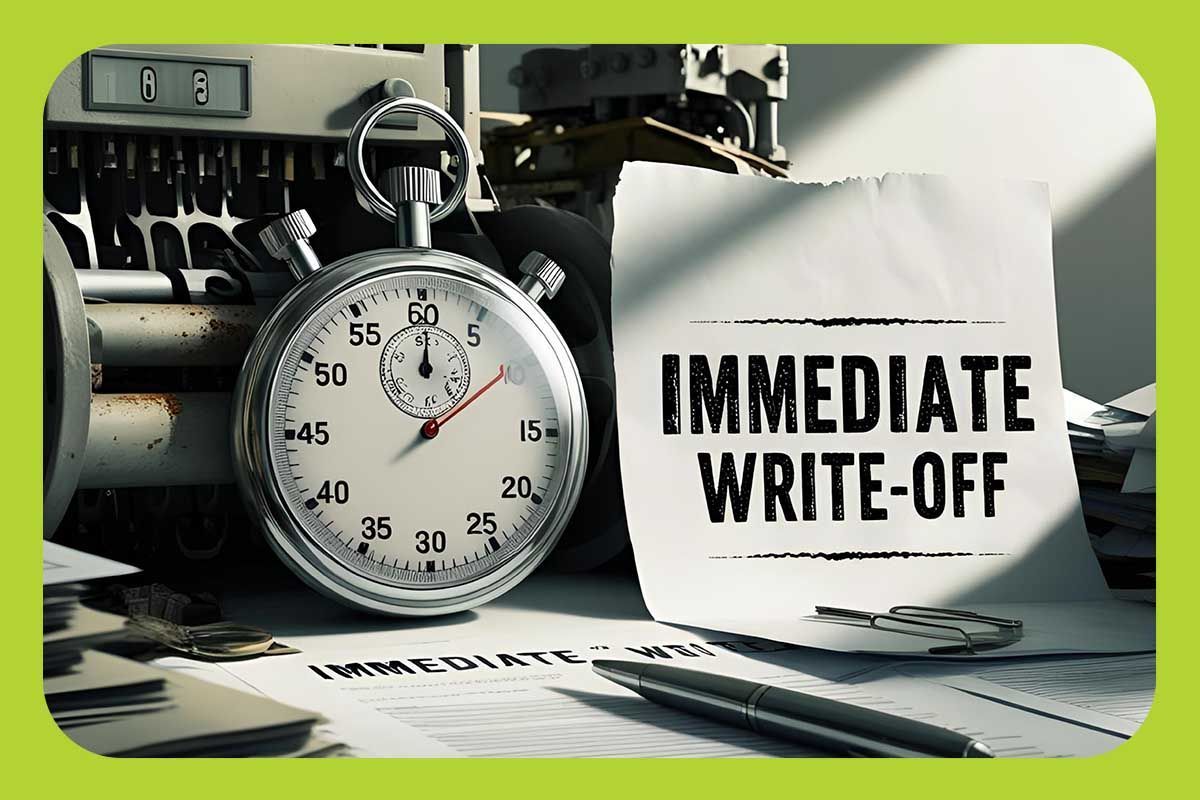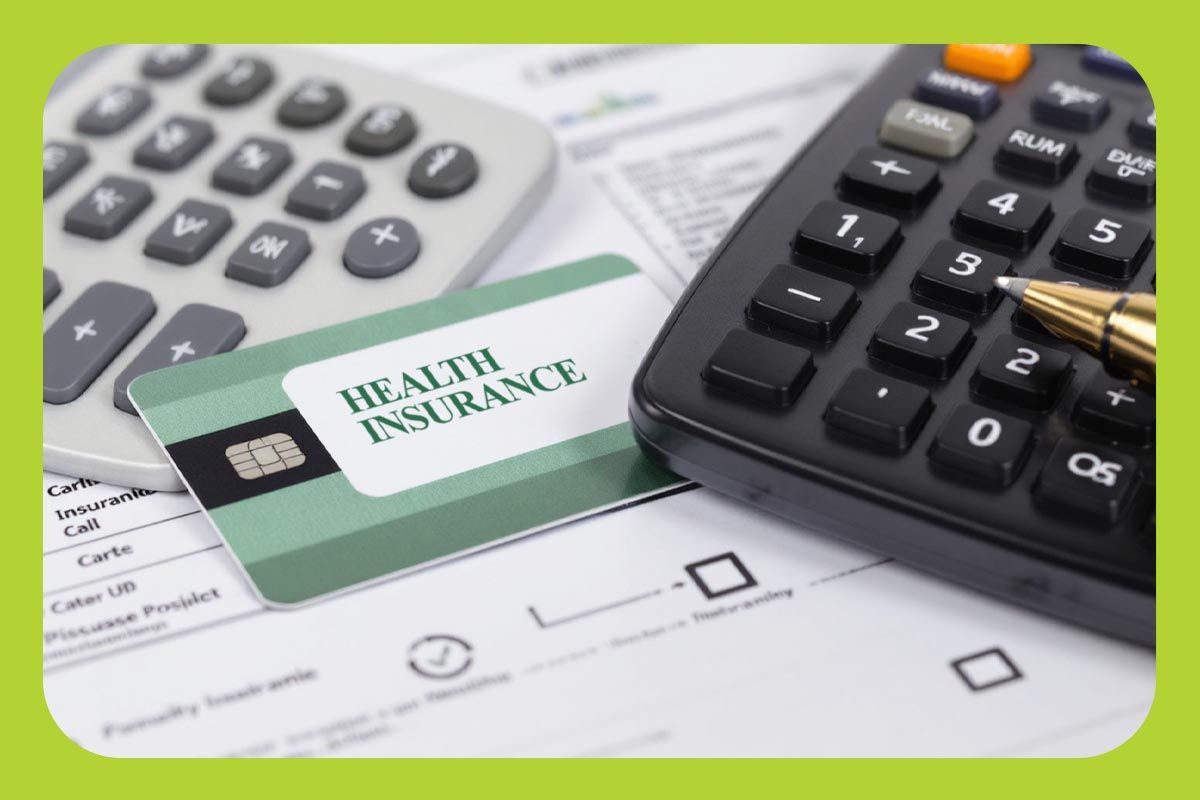
If you’ve bought equipment, technology, furniture, or even a vehicle for your business this year, there’s a good chance you can deduct the full cost right away. That’s the power of bonus depreciation—a tax strategy that lets you take the entire deduction in year one instead of spreading it out over time.
This isn't a loophole. It’s a smart, IRS-approved method for improving cash flow when it's needed most. And with the bonus depreciation percentage phasing down from 100%, the timing matters more than ever.
What Bonus Depreciation Is
Let’s start with the basics. Normally, when you buy a business asset (like a piece of equipment), you depreciate it over its “useful life”—maybe 5 or 7 years. Bonus depreciation flips that model by allowing you to deduct 100% of the asset’s cost in the year you place it into service (as long as it qualifies).
This was supercharged under the Tax Cuts and Jobs Act, but that benefit is currently phasing out:
- 2023: 80% deduction
- 2024: 60%
- 2025: 40%
So if you’re planning capital investments, the sooner you act, the better the tax savings.
Why It Matters
Here’s what bonus depreciation can do for your business:
- Reduce taxable income significantly in the year of purchase
- Improve short-term cash flow to reinvest in growth
- Offset high-revenue years with large deductions
It’s especially powerful for growing businesses making strategic investments—but it isn’t always the best move if your income is low this year and expected to rise. In that case, you may want to use standard depreciation to spread the deduction across higher tax brackets.
What Qualifies for Bonus Depreciation?
- Equipment and machinery
- Furniture and fixtures
- Computers and technology
- Certain vehicles
- Leasehold improvements (under specific conditions)
The key is that the property must be new to you, used predominantly for business (over 50%), and placed in service during the tax year.
Vehicle Considerations
Yes, you can use bonus depreciation for business vehicles—but it depends on the weight:
- Vehicles under 6,000 lbs. are capped under IRS luxury limits (Section 280F)
- Vehicles over 6,000 lbs. (like large SUVs or trucks) are not subject to those caps
Just remember, bonus depreciation for vehicles is prorated based on business use. You’ll need to show it’s used at least 50% of the time for business purposes—and you’ll want clean records to back that up.
Make the Strategy Work for You
Bonus depreciation is simple in theory but strategic in practice. The trick is knowing when to use it, what qualifies, and how to align it with your broader tax plan. Thinking about buying equipment or a business vehicle this year? We’ll help you decide whether bonus depreciation is the right move—and how to make it part of a smart, cash-conscious tax strategy.
Schedule a consultation with Nth Degree CPAs today and get a customized bonus depreciation plan built around your business goals.



